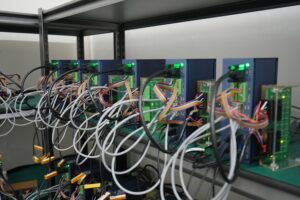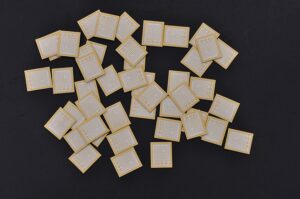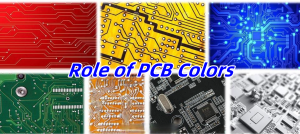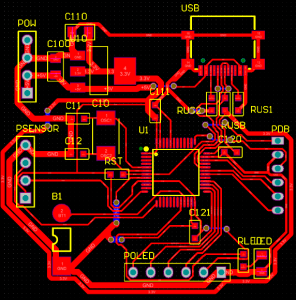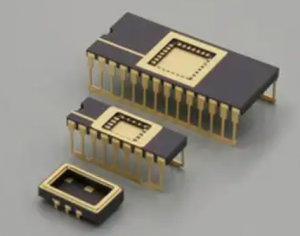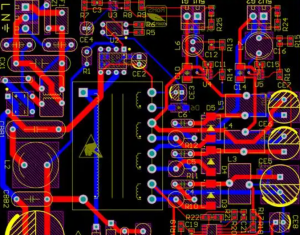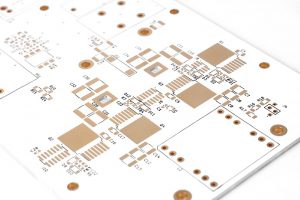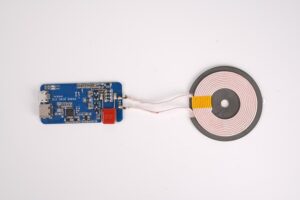What is a dc to ac inverter? A DC to AC inverter is a power conversion device whose core function is to convert DC power (such as power from batteries or solar panels) into AC power (usually 220V, 50Hz sine wave) to meet the power needs of home appliances or industrial equipment.
Why do you need an inverter?
An inverter converts direct current (DC) into alternating current (AC). DC electricity flows in one direction. Batteries, solar panels, and DC sources provide DC power.
AC, however, is the standard for household and industrial applications. Itâs used in most appliances, tools, and electrical systems.
An inverter bridges this gap. It allows DC sources to power AC devices. Without inverters, these integrations would be impossible.
Moreover, inverters play a critical role in off-grid systems. They ensure that stored DC power can be converted into usable AC electricity.
Additionally, in emergency backup systems, inverters ensure critical devices stay powered during outages.
Inverters are also indispensable in the context of electric vehicles (EVs). They manage the conversion of stored DC power in batteries into AC to drive the motors, showcasing their versatility across various fields.
How does a dc to ac inverter work?
The operation of a DC to AC inverter involves electronic circuitry. The primary function is to reverse the polarity of the DC power.
By switching it back and forth rapidly, the inverter creates an AC signal. This signal matches the frequency and voltage requirements of the intended AC load.
Most inverters work in two main stages:
- DC Conversion: The inverter boosts the DC voltage. This step ensures the output voltage meets the AC systemâs requirements.
- AC Conversion: The inverterâs switching mechanism converts the boosted DC into AC.
High-frequency switching devices like transistors or MOSFETs control this process. Advanced inverters even mimic a pure sine wave output, ensuring compatibility with sensitive electronics.
How inverters convert dc to ac?
The conversion process involves these steps:
- Oscillation: The inverter creates an oscillating signal using electronic components like oscillators.
- Switching: Transistors switch the DC polarity at the desired frequency, forming a square wave.
- Voltage Transformation: A transformer adjusts the waveformâs voltage to meet AC standards.
- Waveform Smoothing: Filtering components smooth the signal into a sine wave or modified sine wave.
Different inverter designs vary in complexity, but the fundamental process remains the same.
Pure sine wave inverters produce the cleanest and most stable AC output. Modified sine wave inverters are more affordable but may not suit all devices, especially sensitive electronics.
What does a DC to AC inverter do?
In simple terms, it powers AC devices using DC sources.
- Renewable Energy Systems: Solar panels generate DC power, but homes use AC. Inverters handle the conversion seamlessly.
- Portable Power: Inverters in vehicles or remote setups allow AC devices to run on batteries.
- Uninterruptible Power Supplies (UPS): Inverters ensure a continuous power supply during outages by converting battery-stored DC into AC.
- Industrial Applications: Machinery and tools often require AC power, even in DC-heavy environments.
- Emergency Backup: During power outages, inverters maintain power to essential devices, ensuring safety and functionality.
- Smart Grids: Inverters play a key role in modern smart grids by balancing energy inputs and outputs efficiently.
In essence, DC to AC inverters expand the usability of DC energy sources and enable energy resilience.
How efficient are DC to AC inverters?
Modern inverters boast impressive efficiency levels. Many exceed 90% efficiency. However, efficiency depends on several factors:
- Design: Pure sine wave inverters are more efficient but costlier than modified sine wave types.
- Load: Light loads often result in higher losses. Inverters perform best near their rated capacity.
- Quality: High-quality components and circuitry minimize energy loss.
- Thermal Management: Proper cooling systems enhance performance by preventing overheating.
Efficient inverters reduce energy waste, making them ideal for sustainable energy applications. For example, in solar power systems, high-efficiency inverters maximize the use of stored energy, reducing overall costs.
Additionally, technological advancements continue to push efficiency levels even higher, making them more eco-friendly and cost-effective.
What is the difference between converter and inverter?
While both devices deal with energy conversion, their purposes differ:
- Converters: Convert AC to DC. Examples include phone chargers and adapters.
- Inverters: Convert DC to AC. They power AC devices from DC sources.
Converters are used to power DC devices from AC mains. Inverters enable the reverse, powering AC systems from DC sources. Both devices complement each other in systems like renewable energy setups and electric vehicles.
In specific scenarios, hybrid systems utilize both converters and inverters to ensure bidirectional energy flow. This dual functionality optimizes energy usage and storage, particularly in renewable energy setups.
What is the difference between a rectifier and an inverter?
Rectifiers and inverters perform opposite tasks:
- Rectifier: Converts AC to DC. Used in power supplies and battery chargers.
- Inverter: Converts DC to AC. Used for powering AC devices and grids.
Rectifiers often work with inverters in systems where bidirectional energy flow is required. This coordination ensures optimal energy management.
Conclusion:
DC to AC inverters play a vital role in modern energy systems. They enable seamless integration of DC sources into AC-powered environments. For reliable and high-performance PCB solutions tailored to inverter circuits, Contact us at sales@bestpcbs.com






